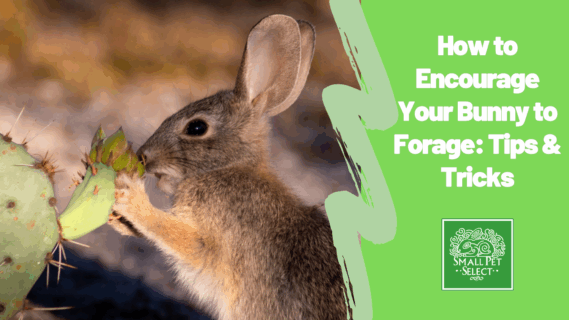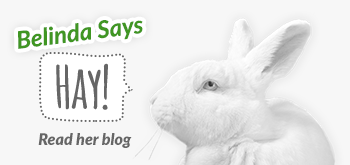As a devoted pet parent, you’ll agree that it’s not easy to introduce bunny forage to your rabbits. Foraging is the process that involves your little ones searching for food. You can create an environment where they can securely hunt for their favorite treats.
Rabbits that forage are less likely to display aggressive behaviors such as biting. Working hard to find their food satisfies their instincts and minimizes boredom. This post will explore why your buns need foraging and provide tips for making it work.
Why Do Rabbits Need Foraging?
Rabbits are active creatures. In the wild, they spend time searching and picking up a variety of vegetation, such as tree bark and grasses. Sitting and eating nuggets from a bowl doesn’t fully fulfill their behavioral and dietary needs.
Therefore, providing different types of food and the chance to look for them satisfies your fur-baby’s natural foraging instinct. Foraging also plays a crucial role in your companion’s physical and mental health. Here’s how this works:
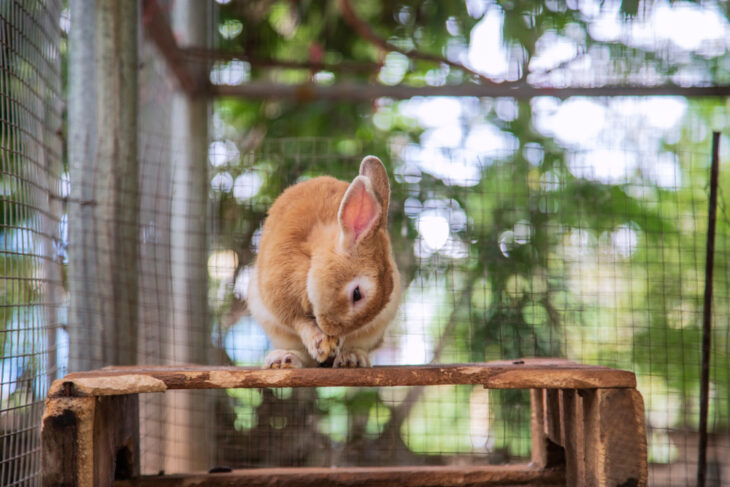
Weight control
As mentioned, rabbits enjoy taking their time to find food and eat. This means bite-sized portions throughout the day. These feeding habits help control weight gain, keeping your furry friend healthy.
Calmer behavior
If you allow your little ones to forage, they might not exhibit destructive behaviors like scratching, growling, and kicking. Why is that? Picking and choosing foods of different tastes and textures keeps them occupied and engaged. Over time, they become relaxed.
Fun time
A bunny forage stimulates rabbits’ instinct to explore, sniff, and nibble. Wouldn’t you get bored if you’re always served the same meal with the same bowl at the same place? Foraging prevents boredom and other behaviors triggered by frustration.
Tips for Introducing Your Bunny to Forage
As mentioned earlier, foraging helps rabbits explore their playful side and improves their overall well-being. Below are tips on how to get them started:
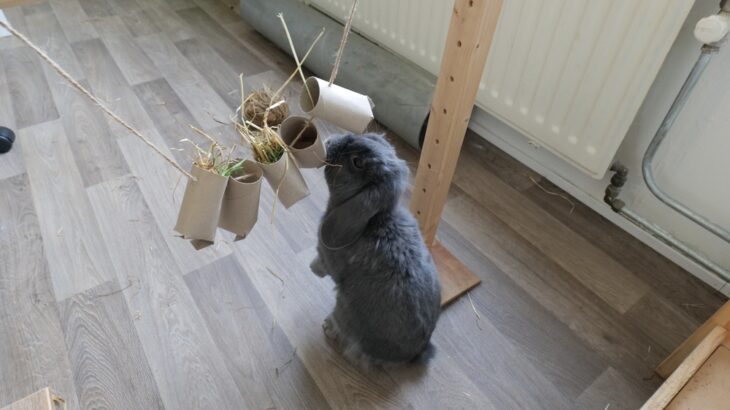
Create a comfortable environment for your companion
Would you play in a place you find uncomfortable? Of course not. Rabbits have different preferences regarding where they feel safe to forage.
You can experiment with:
- Plastic flower pots
- Toilet paper tubes
- Paper bags
- Cardboard boxes
- Litter trays
Adjust the foraging environment to your bunny’s taste for a personalized experience.
Offer their favorite treats
Small amounts of favorite treats or herbs go a long way for your furballs. You can hide various Herbal Blend Products inside cardboard tubes, flower pots, or their preferred locations to create diverse scents to keep them interested. For the record, herbs like basil and chamomile can aid digestion in rabbits.
Use treat balls to feed them
Treat balls awaken rabbits’ sniffing and chewing instincts. Once you throw in some herbs from this Forage Variety Pack, they can bite through the balls before getting to the food.
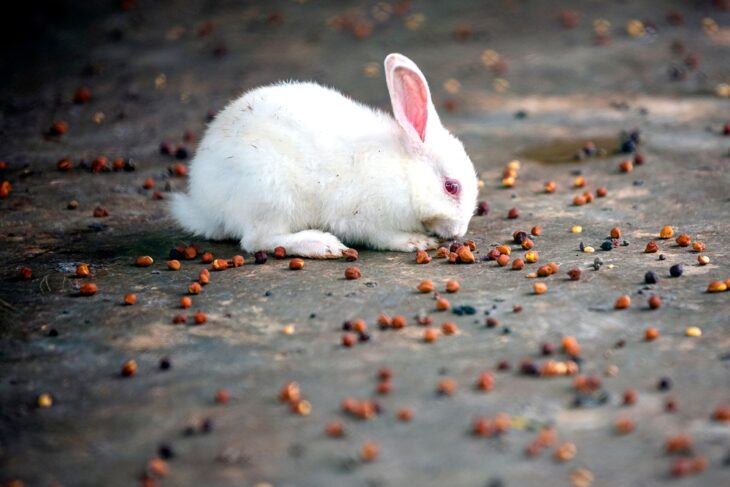
Try the scatter feeding method
You can also sprinkle small rations of food across a foraging mat so your babies can move around and search for them. Try rotating items from these Herbal Blend Collections for a change.
Use forage toys
If you’re short of options, you can stuff the following rabbit toys with treats:
- Digging box
- Sea-grass mat
- Wicker
- Stacking cups
- Key rings
- Rattles
Always make sure that they’re made from edible materials like willow.
Patience = Successful Foraging
If they’ve had negative experiences with bunny forage, you’ll need to exercise some more patience. Besides, rabbits are cautious creatures. They may take time to adapt to foraging.
Therefore, it’s best not to force it. Below is how to guide your pals to foraging without applying pressure:
- Start with familiar treats or herbs.
- Introduce new items gradually.
- Incentivize with toys.
- Watch for signs of hesitation or interest.
- Adjust accordingly.
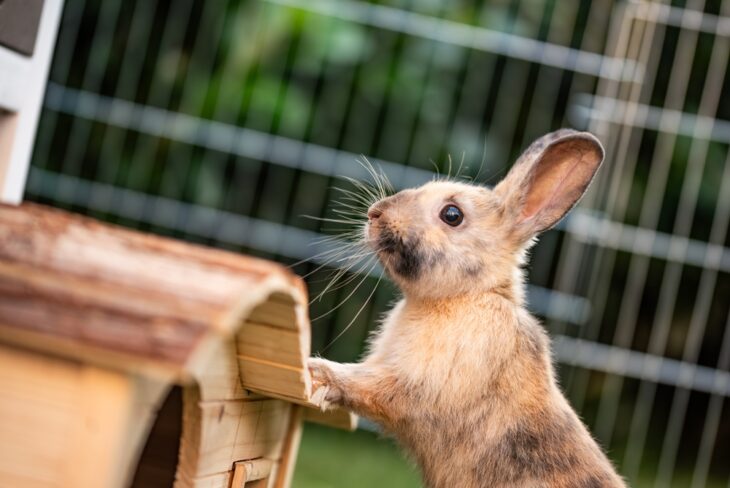
Want to learn more about Bunny Forage?
If you’d like to hear a friendly explanation from someone who knows the drill, watch this short video from Sarah.
She demystifies foraging, herbal blends, and forage trays, explaining why your buns might need them. You’ll also find discussions on various types of herbal blends like lavender, chamomile, and rose petals.
The video will give you a flying start if you’re still learning to encourage your rabbit to forage.
Conclusion: Bunny Foraging is fun with the right approaches
Foraging improves the physical and psychological health of rabbits. It manages weight and supports digestion, prevents boredom, and helps your furry friend remain calm.
It’s worth noting that previous experiences can shape rabbits’ reactions to foraging. Pet parents should wear their patience and attention caps when introducing this practice to their little ones. Constantly adjust their environmental needs based on their current preferences.
Serving a variety of herbs or flowers isn’t enough. Allow them to explore before eating. Use treat balls, forage toys, and scatter feeding methods to ensure the food doesn’t come too easily or quickly.
Disclaimer:
We are not veterinarians, and none of our information should be construed as veterinary advice.
Before adding any new product, please consult your exotic veterinarian. If your pet is acting unwell and you have concerns for their well being, please contact your vet immediately.



